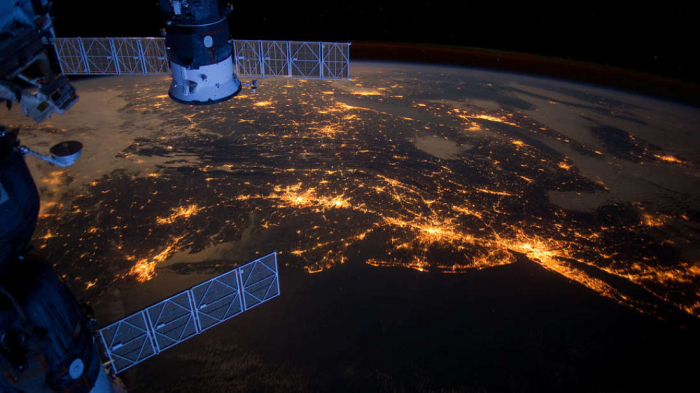Lockdowns associated with the COVID-19 pandemic have reduced the amount of anthropogenic seismic noise, or sounds – and thus vibrations – created by human movement through things like travel, rock concerts, and commuting to work. This drop in seismic noise, which Nature calls the “hum of vibrations in the planet’s crust,” means the planet is moving less.
More typically, seismic noise occurs through geological disturbances, like an avalanche, volcanic eruption, or even a meteor impact. These events result in low-frequency sounds that are below the range of human hearing and only detectable through instruments specifically designed for such tailored detection, like seismographs, according to NOAA's ESRL Infrasonics Program.
Vibration levels can also be influenced by traffic, machinery, and electrical power lines – all of which can mask the sounds of natural seismicity, reports a 2017 study on urban seismology. Such differences can be seen between working days and holidays, or between night and daytime when people are most likely to be out and about. Even rock concerts can cause Earth to rattle. Researchers with the Institute of Geological and Nuclear Sciences of Australia recorded seismic activity during a 2011 Foo Fighters concert and an AC/DC concert four years later. Their seismographs were able to pick up the shaking caused by the “weight of the fans dancing, as well as the sound system.”
In Belgium, for example, seismologist Thomas Lecocq with the Royal Observatory of Belgium in Brussels says that the current mean noise level is 33 percent lower than before stay-at-home measures were implemented on March 14. (Lecocq set up a coding system made to extract seismic data from other locations to show the effects of social distancing.)
Similar trends have also been observed in other major cities around the world, such as Auckland, Los Angeles, and London.
“It seems quite clear that over the last few days, the increase in noise level at dawn (blue line) is much less steep than over the past few weeks,” wrote Stephen Hicks, a seismologist at Imperial College London, in a Tweet from March 26. “I guess this is due to a much weaker morning rush hour – fewer people commuting and no school runs.”
Social distancing measures present a unique learning opportunity for geoscientists to listen to the planet’s natural rumblings without the background noise of people, allowing them to create baseline information for future studies. The absence of people running, driving, and flying around may also allow for the detection of smaller earthquakes and other data about seismological activity otherwise not heard.
IFLSCIENCE
More about:
















































